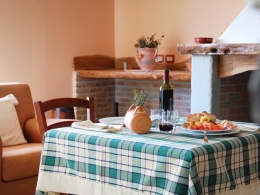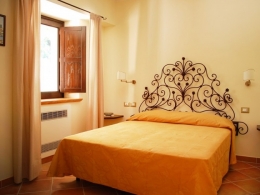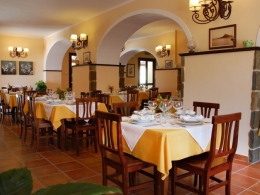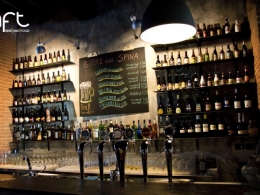Cuccaro Vetere
 Sito web: nd
Sito web: ndCuccaro Vetere is part of the itinerary "Tra laure e cenobi" (“Through lavra and coenobium), the route of the Basilian monks. Cuccaro vetere was one of defensive garrisons of the Velina’s area, the city founded by Greeks during the 6th century BC.
Cuccaro Vetere is rich in noble palaces along the main streets: Via Salita Castello, Via Fausto Laviano, Via Ancelle di Santa Teresa and Via Convento, and Umberto I Square.
Ruins of Saint Francis’ Monastery
According to the story about the monastery of Saint Francis (14th century), founded in 1333, a group of monks, on the way to a land where they would have founded a convent, did stop precisely where today are the ruins of the monastery to rest their mules carrying sacred furnishings. After a measly meal and devoted prayers to the Lord, they were about to continue their journey when one of the mules, despite repeated urging, remained motionless in a position of adoration, on its knees. Thinking that the load was too much for the mule, the monks removed it but the mule repeated the gesture of worship. Eventually, the monks emptied the load and, with great amazement, they found a relic of the Cross of Christ. Convinced that that was a sign of the Lord, they built a monastery on that site, where many pilgrims came to see the Holy Relic. Still today a fair, called “Del Legno Santo” ("Holy wood fair"), takes place on Good Friday. After the monastery fell into ruin, the Sacred Wood was kept in the Church of Saint Peter, in Cuccaro, that is still a place of great veneration.
Parish church of Saint Peter
The building, founded in the year 1000, has got one nave. The church was completely renovated during 1800s and adorned with baroque stuccoes. Inside there are several interesting paintings dating back to the 1700s, wooden statues and a prestigious pipe organ. Remarkable is the altar inlaid with polychrome marble.
The beautiful stone holy water font is embedded into the left wall of the façade.
Acqua nelle Conche
It’s an equipped area (with picnic benches and barbecue) in a very suggestive place. Water sources create streams that cross the meadow and fill some hollows which become drinking troughs for animals.
Palio with donkey
During the summer event “Agriturist", the Palio del ciuccio plays a primary role.
In fact, donkey is the distinguishing feature of the historical parade, which recalls moments of the peasants’ life of the early 20th century in Cilento. The palio is a tribute to the hard work of this animal: docile and humble, it was fundamental to the rural economy of that time. It has been the only means of transport until 20 years ago (because of the lack of road networks). Its importance stood out as a perfect means to transport chestnuts, sometimes to locations miles away from Cuccaro and accessible only through steep mountain paths.
Today in Cuccaro Vetere there are only few donkeys, closely guarded by its owners, perhaps more for affection than for an actual utility.
The Pro Loco of Cuccaro Vetere, in collaboration with the municipality, intends to start a project in order to make donkeys regain their socio-economic significance by putting them in a farm program aimed at promotion and development of the area.
Vallo della Lucania - Angellara
30' to the seaside
From € 48,00
B&B / a pers.



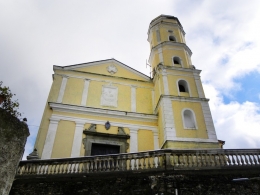
.jpg)
.jpg)


.jpg)

